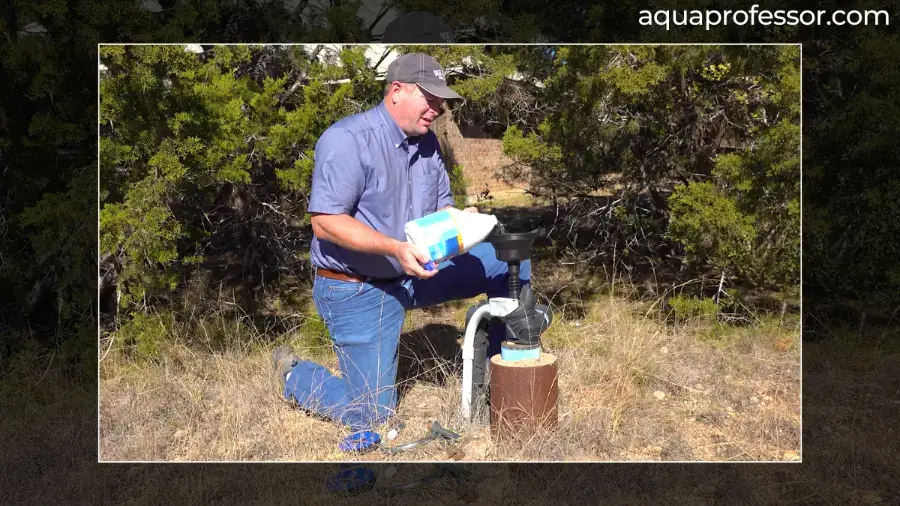
EPA doesn’t regulate private wells, unlike public water supply, so take note of these 5-6 common symptoms of drinking contaminated well water:
To solve these problems, contact a professional well contractor to inspect your well and disinfect it with a chlorine solution to reduce the chances of waterborne disease.
Continue reading for more tell-tale signs that your well water makes you sick and how to address them properly.
🤔How Can I Tell If My Well Water Is Making Me Sick?

The simplest way to tell if well water is making you sick is symptoms like:
Also Read: Is Well Water Safe For Dogs?
Note:
Infants and senior or older adults are at the highest health risk from contaminated well water. But these symptoms are common in many illnesses; therefore, taking extra precautions by performing water testing from tapscore to double-sure is best.
🛠️How To Fix Contaminated Well Water?

The most common and effective way to address the contaminated well water is chlorination.
This removes disease-causing coliform bacteria and nuisance-causing iron and sulfur bacteria from your water supply very effectively.
In this process, approximately 20 liters of regular household bleach is poured into the dirty water to disinfect the well and produce clean water just like city-treated water.
Here’s how to fix other aesthetic issues in well water:
💡Signs Your Well Water Is Making You Sick: FAQs
What are the most common contaminants in well water?
The most common water contaminants in well water are:
1. Microorganisms like bacteria, viruses, parasites
2. Toxic metals like Iron and sulfur
3. High levels of Nitrate and Nitride
4. Heavy metals like arsenic, antimony, cadmium
5. Organic chemicals
6. Radionuclides or toxic chemicals
Can well water cause cancer?
Yes, the presence of potential contaminants like radionuclides in well water sources is dangerous for human health and can cause cancer.
These contaminants can be introduced into wells from nuclear facilities through groundwater flow, waste water seepage, etc, causing kidney toxicity and increasing the risk of cancer.
So you can use water filters like reverse osmosis and nanofiltration filters to effectively remove radionuclides from your well water.
When should I be worried about well water?
If your well water looks cloudy or murky, then your well water is rich in silt, rust, dirt, or clay salts.
Also, suppose water has an oily film, sulfur smell(rotten egg smell), or metallic taste.
In that case, you should be worried about your poor water quality and install filters to tackle the specific contaminant.
What is the most common bacteria found in well water?
The most common bacteria found in a well-water system is coliform bacteria.
These bacteria cause diarrhea, vomiting, cramps, nausea, headaches, fever, fatigue, etc. And can be easily treated with shock chlorination treatment.
But if you’re facing recurrent bacteria problems, do check if your or your neighbourhood’s septic systems are leaky and fix it with the help of a professional.
How often should you test a water well?
You should test your water every year for bacteria and every 3-5 years for contaminants like lead, nitrate, nitride, arsenic, iron, and manganese to keep your well water up to the safety mark for everyone (including seniors and infants).
Sayan understands that access to clean water doesn’t have to be costly.
He strives to provide knowledge of water purification techniques in the simplest way possible so that we can lead a healthy life without breaking our bank.
